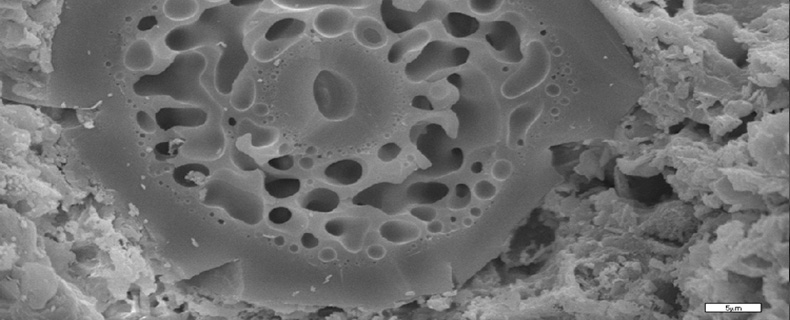| School |
Natural Sciences |
Academic Unit
|
Geology Department |
Level of Studies
|
Undergraduate |
Course Code
|
Geol_009 |
| Εξάμηνο σπουδών |
2ο |
Course Title
|
Mineralogy II |
Independent Teaching Activities
|
Lectures, seminars and laboratory work |
Weekly Teaching Hours
|
2 (lect.) 3 (lab.) |
| Credits |
6 |
Course Type
|
Field of Science (Mineralogy) |
Prerequisite Courses
|
Typically, there are not prerequisite course. |
Language of Instruction & Examinations
|
Greek. Teaching may be however performed in English in case foreign students attend the course. |
Is the Course offered to Erasmus Students
|
Υes |
| Course Web-Page (URL) |
https://eclass.upatras.gr/courses/GEO311 |
Learning Outcomes
|
By the end of this course the student will be able to:
At the end of this course the student should be able to :
- Know essential facts, concepts, principles and theories of mineralogy.
- Recognise the minerals in thin sections.
- 3. Understand the dependence of the physical and optical properties of minerals, as well as their crystal habit from their chemistry
|
General Competences
|
At the end of the course the student will have further developed the following skills/competences
- Ability to demonstrate knowledge and understanding of essential facts,
concepts, principles and theories relating to mineralogy
- Ability to apply such knowledge and understanding to the solution of
problems of an unfamiliar nature.
- Ability to adopt and apply methodology to the solution of unfamiliar
problems.
- Study skills needed for continuing professional development.
- 5. Ability to interact with others on inter or multidisciplinary problems.
|
| Syllabus |
- Formation of minerals in the Earth and the various environments
- Binary phase systems
- Classification of minerals
- Framework silicates Part I
- Framework silicates Part II
- Sheet silicates
- Chain silicates Part I
- Chain silicates Part II
- Nesosilicates
- Cyclosilicates
- Sorosilicates
- Some non-silicate minerals (carbonates)
- Some non-silicate minerals (oxides)
|
| Delivery |
Lectures and laboratory work face to face. |
Use of Information & Communication Technology
|
Power Point, Laboratory exercises, examples. |
Teaching Methods
|
| Activity |
Semester workload |
| Lectures (2 conduct hours per week x 13 weeks) |
2X13 = 26 |
| Laboratory work (3 conduct hours per week x 13 weeks) |
3X13 = 39 |
| Tutorial (1 conduct hour per week x 13 weeks) |
1X13 = 13 |
| Hours for private study of the student and preparation of home-works. |
72 |
| Total number of hours for the Course |
150 hours |
|
Student Performance Evaluation
|
Written final examination and problem solving. Exams on Petrographic Microscope. |
Attached Bibliography
|
- Δ. Παπούλης, Π. Λαμπροπούλου. Ορυκτολογία: Συστηματική Ταξινόμηση των Ορυκτών2016. 155σελ.
- Perkins, D., Mineralogy. Prentice-Hall, Inc. New Jersey. 484p, 1998. Nesse, W.D., Introduction to Mineralogy. Oxford University Press. New York, Oxford, 442p. 2000.
- 3. Dyar, M.D., Gunter, M.E., Tasa, D. Mineralogy and Optical Mineralogy. Mineralogical Society of America, Chantilly, VA. 708p, 2008. 4. MacKenzie, W.S., Guilford, C., Atlas of the Rock-forming Minerals in Thin Section, Lonman, 98p, 1980.
|






























